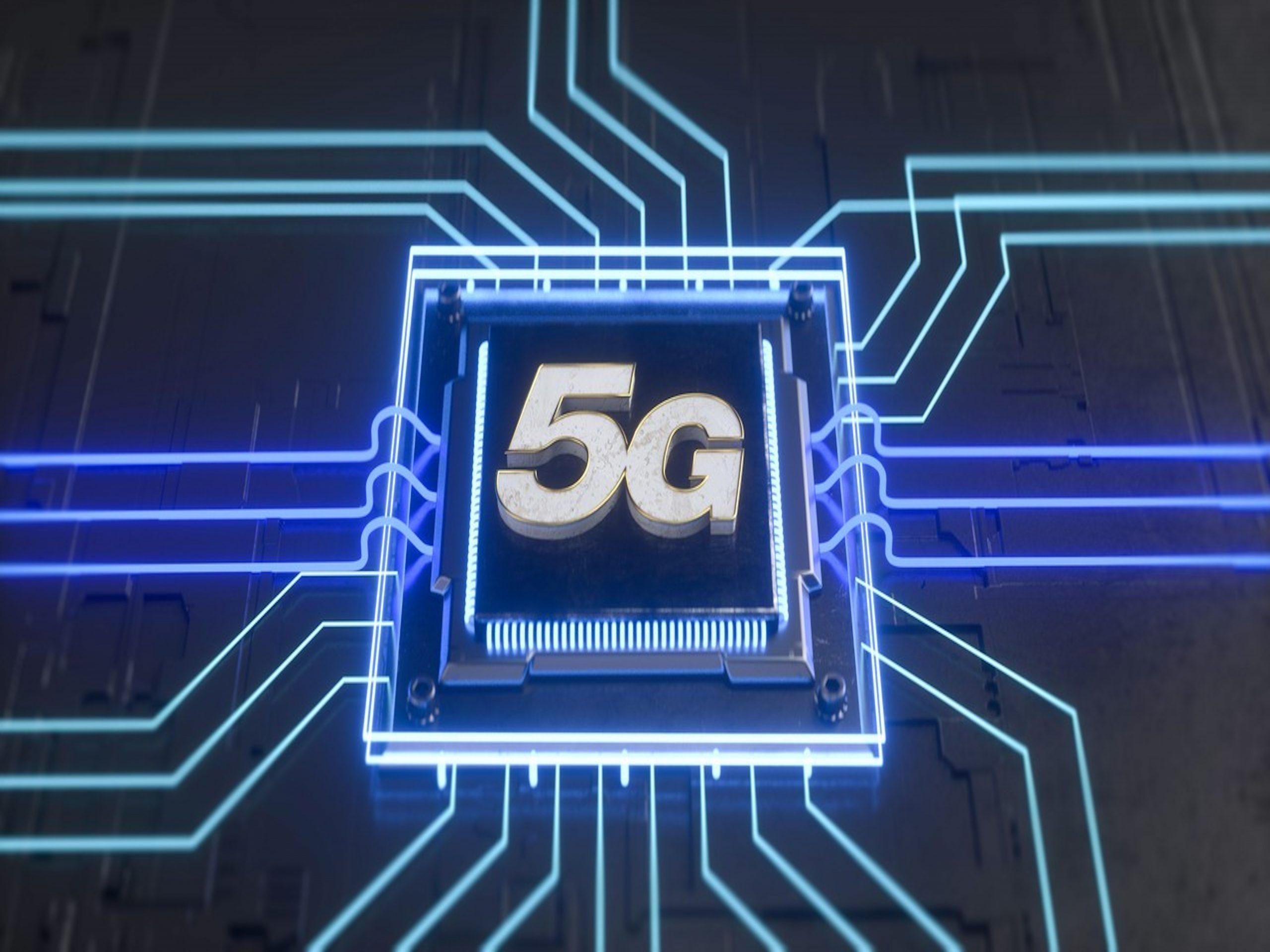- Optical fibre ensures the speed, bandwidth, and low latency needed to power 5G and real-time applications like autonomous vehicles and remote surgeries.
- Its scalability and reliability support dense 5G infrastructure, smart cities, and the future demands of technologies like 6G.
As the world moves towards faster and more reliable networks, optical fibre plays a vital role. With 5G offering unprecedented speeds, lower latency, and support for billions of devices, optical fibre is not just a supporting technology—it is the backbone of modern connectivity. But why is it so essential for 5G and future networks?
Also read: Discovering the power of fibre optic networks
Unmatched speed and bandwidth
5G networks operate at significantly higher frequencies than previous generations, requiring the transfer of vast amounts of data at lightning-fast speeds. Optical fibre is uniquely capable of handling this demand. Its ability to transmit data as pulses of light, rather than electrical signals, allows for speeds that far surpass traditional copper cables. This high bandwidth ensures seamless communication between 5G base stations, enabling faster data delivery to end-users.
Moreover, as data usage continues to skyrocket—thanks to applications like video streaming, online gaming, and AI-driven services—optical fibre ensures that networks can keep up with demand without compromising performance.
Low latency for real-time application
5G’s ultra-low latency is crucial for real-time uses like autonomous vehicles, remote surgeries, and augmented reality. Optical fibre enables this by providing a stable, fast connection between nodes. Unlike traditional cables, it avoids delays caused by interference or signal degradation, ensuring instant data transfer over long distances.
Supporting the dense 5G infrastructure
5G depends on a dense network of small cells for coverage. These cells need a reliable backhaul to connect them to the core network. Optical fibre offers the scalability and speed to handle this. Its small size and high capacity make it perfect for linking multiple small cells, especially in cities.
Future-proofing networks
The demand for network performance won’t stop at 5G. Technologies like 6G will require even greater capacity. Optical fibre can handle growing data loads and adapt through upgrades, ensuring it remains relevant for decades. Unlike other technologies, it evolves rather than needing replacement.
Powering smart cities and IoT
Smart cities rely on connected devices to manage urban systems efficiently. From smart traffic to energy-saving buildings, the Internet of Things (IoT) creates vast amounts of data. Optical fibre provides the robust infrastructure needed to process and transfer this data quickly, keeping smart cities running smoothly.
Optical fibre powers the future
As we adopt 5G and prepare for future technologies, optical fibre is indispensable. Its unmatched speed, reliability, and scalability make it the foundation of advanced networks. Whether enabling real-time applications, connecting smart cities, or preparing for 6G, optical fibre unlocks the full potential of modern connectivity.

